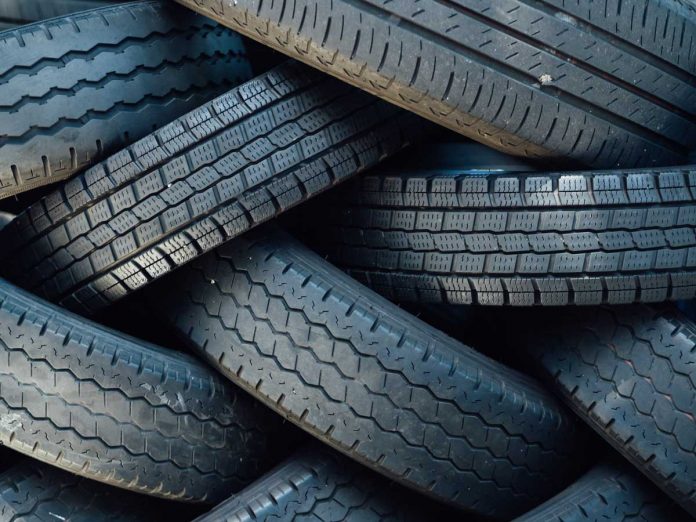Martin Luther-University Halle-Wittenberg and Leibniz Institute of Plant Biochemistry researchers have found specific conditions for Enzymes to degrade synthetic polyisoprene. Polyisoprene is the main element of natural rubber other types of rubbers we use in car tires. Before this finding, researchers used to degrade polyisoprene with a special composition. The new finding can also help to build a circular economy. This research paper has been published in the journal Green Chemistry.
Polyisoprene is made by using natural rubber and then polyisoprene is used to make different types of rubbers and plastics. Polyisoprene is made by linking thousands of smaller isoprene molecules, which makes polyisoprene a long-chain molecule. Chemist Vico Adjedje said that various bacteria can degrade natural polyisoprene by enzymes.
Enzyme is a type of biomolecule that help in chemical reactions in living organisms. Enzymes forms single-celled organisms by this chemical reaction. Since the global demand of rubber products are high, it is not enough to create more stocks of natural rubber to create polyisoprene. Natural rubber is also produced by chemical synthesis. Natural and synthetic rubber has all the similar properties but, the structure of the molecules in both the rubbers are different.
Prof. Dr. Wolfgang Binder and Dr. Martin Weissenborn have found a new way to degrade polyisoprene by using LCPK30 enzyme. This is the first-time researchers got polyisoprene into a form that can be degraded by an enzyme. The researchers have taken inspiration from nature for this experiment. Scientists thought synthetic polyisoprene should be there in an emulsion and enzymes should be able to degrade it.
Milk is the best example of an emulsion as it is made of water and fat. Like fat, polyisoprene is also insoluble in water, virtually. But nature is able to mix it evenly in water. Latex milk is collected from nature for rubber plantation and then transformed into natural rubber.

